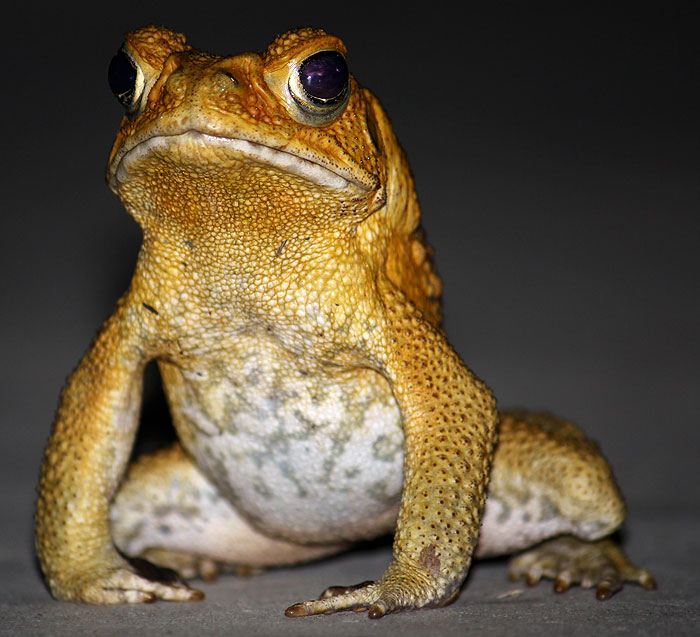Raining Frogs in FNQ
Oh okay, it's not actually raining frogs - but we have been seeing an incredible amount in the garden over the last few weeks. No doubt the small amount of rain and the massive amount of humidity has been the trigger.
We have both species of Dwarf frog, the eastern (L.fallax) and the northern (L.bicolor).
The northern is a little larger and is predominantly green as opposed to the mottled brown, often seen in the species.
I have seen juvenile keel-back snakes actively hunt these frogs, and no doubt due to their size, they're preyed upon by a multitude of critters.
But for the time being at least, their camouflage seems to be holding up to such pressures.
As with the majority of amphibians that end up sharing our gardens, it's the chemicals we spray that pose the largest threat.
So you know? - Less, is most definitely more, eh?
We have both species of Dwarf frog, the eastern (L.fallax) and the northern (L.bicolor).
The northern is a little larger and is predominantly green as opposed to the mottled brown, often seen in the species.
 |
(Litoria Bicolor) |
 |
(Litoria fallax) |
 |
Both species sharing a stem (L.Bicolor at bottom) - quite literally! |
Their calls are remarkably akin, and both share a preference for similar habitats, (reedy/grassy, with cover and at least some standing water). Vocal day and night.
I have seen juvenile keel-back snakes actively hunt these frogs, and no doubt due to their size, they're preyed upon by a multitude of critters.
But for the time being at least, their camouflage seems to be holding up to such pressures.
As with the majority of amphibians that end up sharing our gardens, it's the chemicals we spray that pose the largest threat.
So you know? - Less, is most definitely more, eh?
Take Care






Comments
Paul
Post a Comment